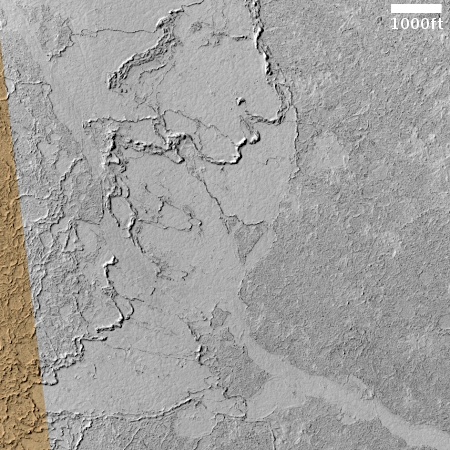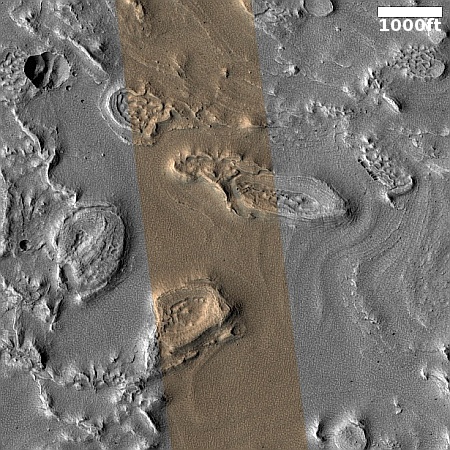Gemini South telescope captures Comet 3I/Atlas’s growing tail
Using the Gemini South telescope in Chile, astronomers have taken new images of interstellar Comet 3I/Atlas as it moves through the solar system, this time capturing the slow growth of its tail.
The picture to the right, cropped, reduced, and sharpened to post here, shows that tail trailing off to the left. The stars are streaks because it required four exposures in different wavelengths to produce the image. The comet was held steady while the stars shifted after each exposure.
In the images captured during the session, the comet displays a broad coma — a cloud of gas and dust that forms around the comet’s icy nucleus as it gets closer to the Sun — and a tail spanning about 1/120th of a degree in the sky (where one degree is about the width of a pinky finger on an outstretched arm) and pointing away from the Sun. These features are significantly more extended than they appeared in earlier images of the comet, showing that 3I/ATLAS has become more active as it travels through the inner Solar System.
So far, all the evidence continues to show that though 3I/Atlas has an interstellar origin, it is a relatively ordinary comet, simply unique in the manner all objects of a category are unique. As the scientists pour over the comet’s spectroscopy we might find its make-up is somewhat different than comets from our own solar system, but the data so far suggests that the differences are not likely to be that startling.
Using the Gemini South telescope in Chile, astronomers have taken new images of interstellar Comet 3I/Atlas as it moves through the solar system, this time capturing the slow growth of its tail.
The picture to the right, cropped, reduced, and sharpened to post here, shows that tail trailing off to the left. The stars are streaks because it required four exposures in different wavelengths to produce the image. The comet was held steady while the stars shifted after each exposure.
In the images captured during the session, the comet displays a broad coma — a cloud of gas and dust that forms around the comet’s icy nucleus as it gets closer to the Sun — and a tail spanning about 1/120th of a degree in the sky (where one degree is about the width of a pinky finger on an outstretched arm) and pointing away from the Sun. These features are significantly more extended than they appeared in earlier images of the comet, showing that 3I/ATLAS has become more active as it travels through the inner Solar System.
So far, all the evidence continues to show that though 3I/Atlas has an interstellar origin, it is a relatively ordinary comet, simply unique in the manner all objects of a category are unique. As the scientists pour over the comet’s spectroscopy we might find its make-up is somewhat different than comets from our own solar system, but the data so far suggests that the differences are not likely to be that startling.













